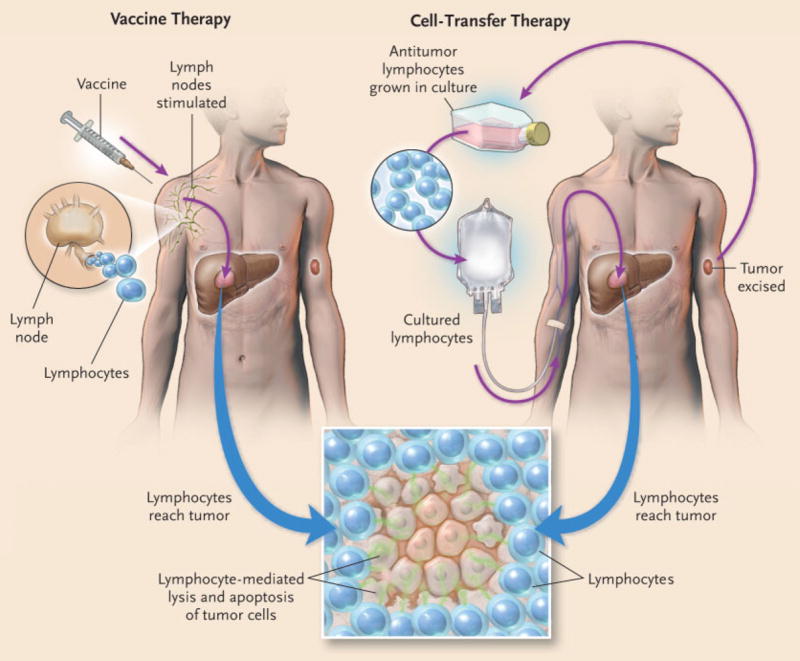Figure 1. Two Approaches to Immunotherapy.

The two main approaches to immunotherapy for cancer are vaccine therapy and cell-transfer therapy. Three steps are required for effective treatment: there must be sufficient numbers of lymphocytes with avid recognition of tumor antigens; these lymphocytes must reach the tumor; and once there, they must be able to destroy the tumor cells. Cancer vaccines depend on the in vivo generation of immune cells by an immunizing vector. Yu et al.1 used an approach that increases the exposure of T lymphocytes to tumor tissue; they immunized mice with cells modified to secrete a molecule that enhances the flow of naive lymphocytes into tumor tissue and, hence, their sensitization to tumor antigen. Cell-transfer therapies involve sensitizing autologous lymphocytes ex vivo, expanding the population, and then infusing the lymphocytes into the host.
